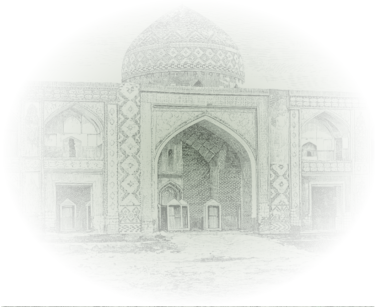Alimammad Gishlaghi was a village in the Iravan uezd of the former Iravan governorate, later in the former Vedi (Ararat) district, in the present Gegharkunik province. It was located to the south of the village of Avshar and on the left bank of the Araz River. It was marked on the five-verst map of the Caucasus.
The village was inhabited by 102 Azerbaijanis in 1831, 607 in 1873, 691 in 1886, 965 in 1897, 990 in 1904, 1,089 in 1914 and 850 Azerbaijanis in 1916. The Azerbaijanis were massacred by Armenian armed units and had to leave the village in 1919 and sought refuge for a while in the Iranian territory. After the establishment of Soviet power in present- day Armenia, the Azerbaijanis managed to return to their native lands. There lived 293 Azerbaijanis in 1922, 267 in 1926 and 373 Azerbaijanis in 1931 in the village. In accordance with the decision of the USSR Council of Ministers “On the resettlement of collective farmers and other Azerbaijani population from Armenian SSR to the Kur-Araz lowlands of the Azerbaijan SSR” dated 23 December 1947, the Azerbaijanis were deported to Azerbaijan. Later, some of the deportees managed to return to the village, after a while the village was abolished. At present, it lies in ruins.
The toponym was coined by combining the personal name “Alimammad” and the word “gishlag” meaning in Turkish “a settlement, a permanent place of residence, a village” and in Azerbaijani “a wintering place with fresh air and grasslands for keeping sheep and other domestic animals”.
